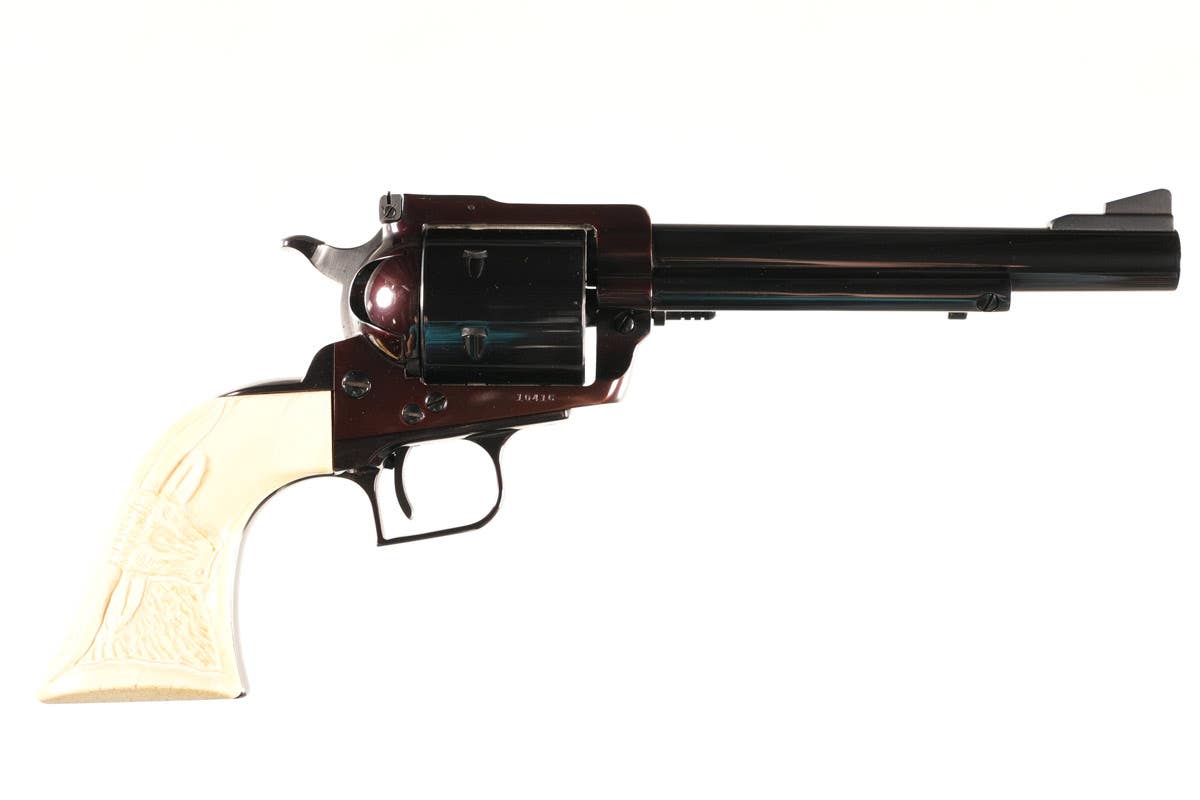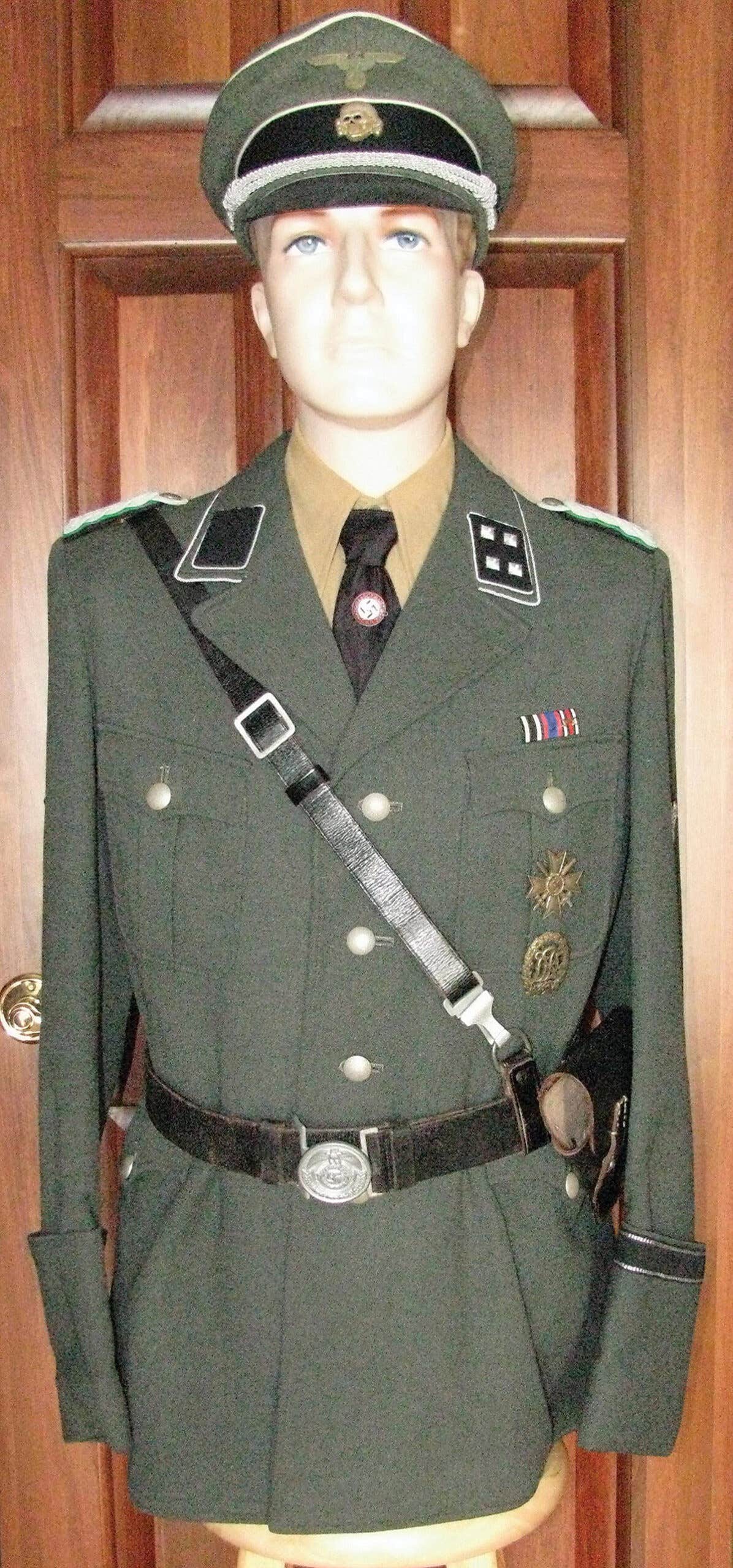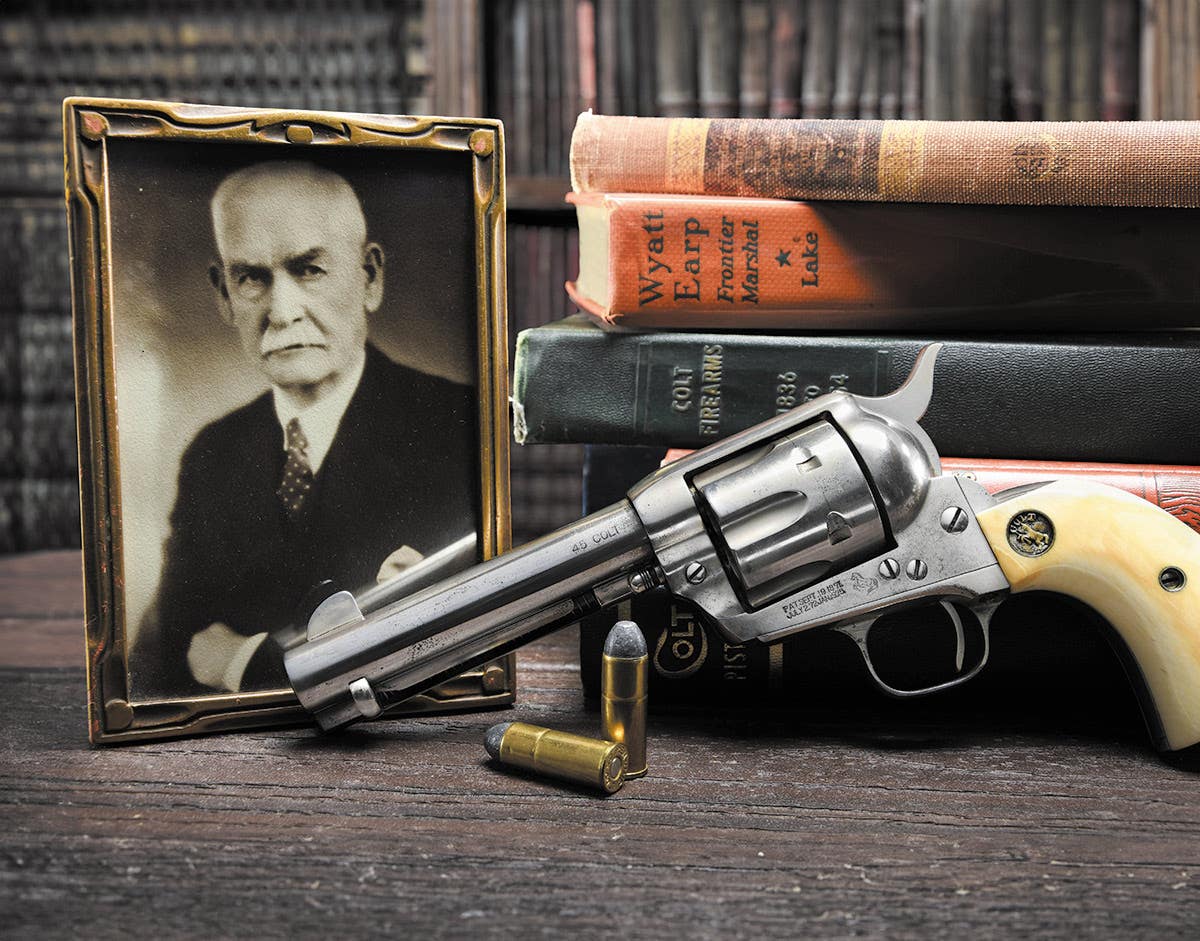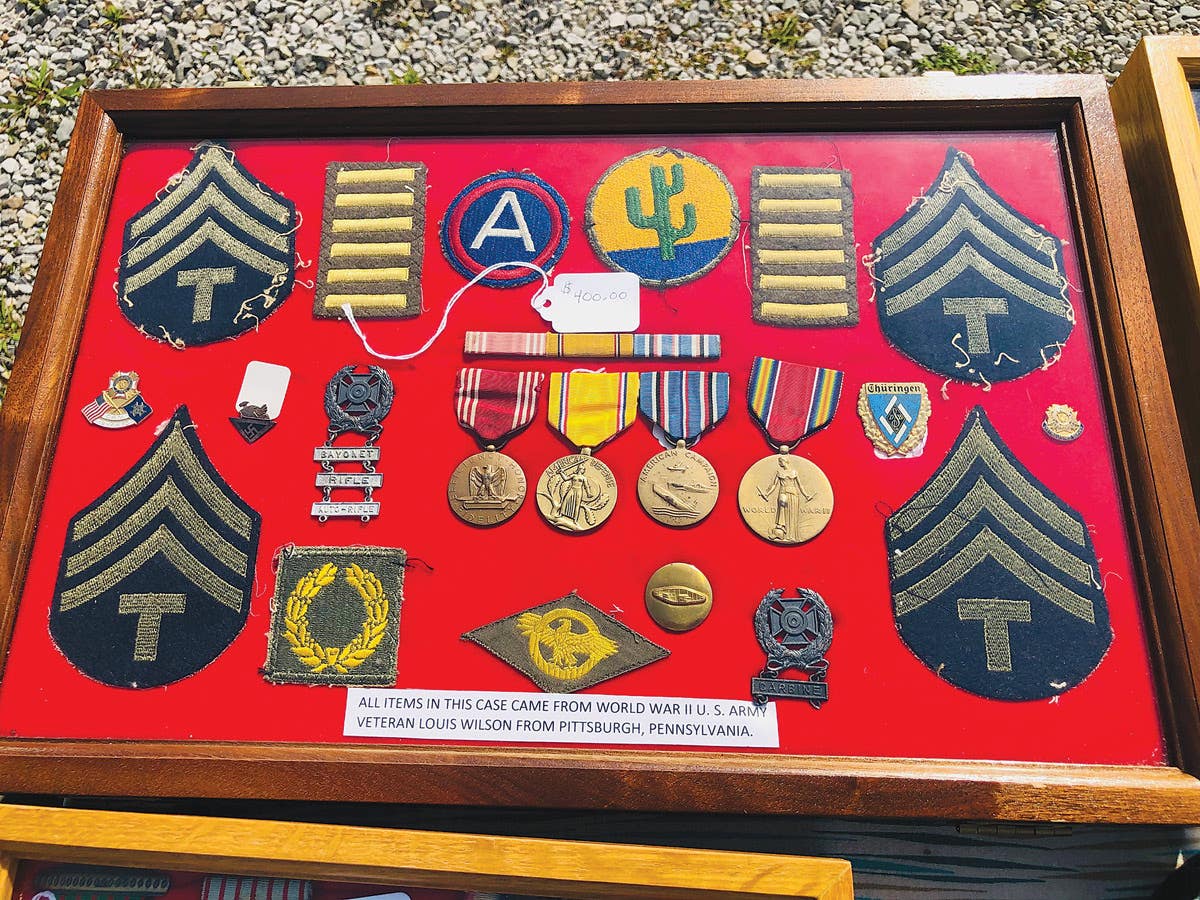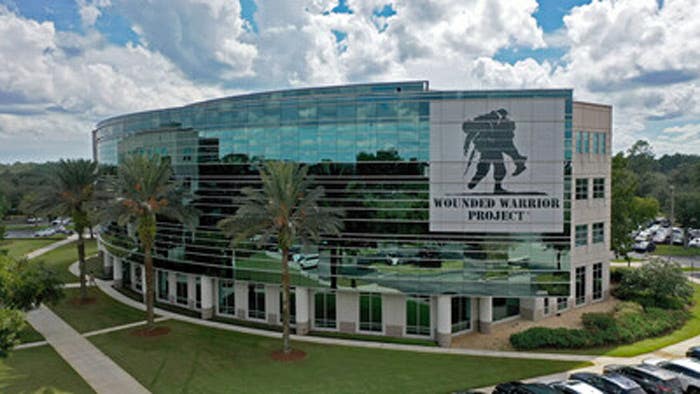10 Questions with Fred Borch
Talking about OMSA and medal collecting medals We are all in this together. In an effort to report on the state of different facets of the military collectibles market, Military…
Talking about OMSA and medal collecting medals
We are all in this together. In an effort to report on the state of different facets of the military collectibles market, Military Trader strives to discover and share the opinions of the hobby’s leading dealers and collectors. This month, we talk with Frederic “Fred” Borch. Most will recognize his name in association with American medals and decorations. A prolific author, he is the current president of the Orders and Medals Society of America (OMSA).
Fred has been a collector of military medals since 1974, when he was a university student in England and discovered a shop selling British war medals. At first, he collected only campaign medals and gallantry decorations awarded to British soldiers.
Some ten years into his career in our Army, however, Fred discovered that early Purple Hearts and Silver Stars awarded to American soldiers were officially engraved with the recipient’s name – and that it was possible to research these awards. That launched Fred’s interest in U.S. military medals and caused him to join the Orders and Medals Society of America or OMSA.
Today, Fred focuses his collecting and research almost exclusively on military awards to American soldiers. He has been an OMSA member for more than 25 years.
Fred has a very good sense of the ebbs and flows of the hobby. We are pleased to offer his response to our “10 Questions on the Health of the Medal Collecting Hobby.”
Military Trader: As President of the Orders and Medals Society of America, you certainly feel any changes in the hobby. Tell us, if you can, about the overall health of the medal hobby in the United States.
Fred Borch:Bottom line: The overall health of the medal hobby is great. Really. There are more collectors out there than ever before and they are collecting a huge variety of US and foreign medals.
I think there are three reasons for this. First, compared with just a few years ago, the amount of information about medals that is available on-line is immense. This means that it is quite easy to learn much about a particular medal with just a few clicks on your computer keyboard.
Second, when it comes to finding out biographical details about a medal that is attributable to a person (because, for example, it has the recipient’s name engraved on it), this has become easier than ever. It used to be that a collector had to write to a national or state archive or faraway local newspaper to find an obituary or other information about a soldier, sailor, airman or marine. Now, a few clicks on the world wide web brings all that information to you at lightning speed.
And third, the internet has made it easy to collect military medals. All the major medals auction houses in the United Kingdom have their auction catalogues on line, and you can bid (and win) from the comfort of your living room. Same with most other dealers – if they have auctions, these are on-line. If they only produce a catalogue, these are on-line and are updated frequently. The days of waiting for catalogues to arrive in the mail and then making phone calls are gone forever.
Paying is easiernow, as well – with PayPal or a credit card. No more sending a check through the mail and waiting for it to clear the bank. So collecting is easier than it has ever been thanks to the electronic super highway.
But I do want to say that the world wide web is not entirely good for the hobby. I’m talking about the younger generation that is so convinced that everything is to found on a screen that they lose the benefit of face-to-face interaction. That’s why OMSA has an annual convention where collectors meet face to face – and why we have convention seminars on medals that promote this face-to-face contact.
Military Trader: How would you characterize a “typical” medal collector today? How has that person’s collecting habits changed in the last thirty years?
Fred Borch: Thirty years ago, medals collectors in the U.S. were chiefly interested in British and Third Reich (and perhaps German Imperial). That was your typical collector.
Then, in the early 1990s, US medal collecting really took off when a few collectors visited the National Archives in College Park, Maryland, and discovered that there was official paperwork listing recipients of numbered Army, Navy and Marine Corps campaign medals. These same collectors also discovered that there were 3 x 5 index cards in St. Louis that confirmed the award of pre-World War II Purple Hearts and Silver Stars to soldiers. So that changed collecting habits.
But I guess there really isn’t a typical collector today in that there is a huge amount of interest in foreign medals, too. We have OMSA members who collect Portuguese, French, Belgian, Dutch, Venezuelan, Brazilian, and other countries – if a nation awarded military medals, we have members who collect them!
Military Trader: “Stolen Valor,” a federal law that appeared to strangle buying and selling certain medals was passed by Congress and subsequently defanged. Many may not realize that you have an intense background in the Law. Would you care to offer a legal interpretation of the affect of the Stolen Valor Act on collecting as it currently stands?
Fred Borch: This is a really difficult question. I think that the buying and selling of U.S. medals and decorations is fine – and lawful – except for the Medal of Honor. So there is no reason for eBay – at least from a legal perspective – to preclude the sale of Purple Hearts, Silver Stars, campaign medals, and the like.
There are some lawyers and collectors who are convinced that the Stolen Valor Act was overturned completely, and that it is now legal to buy and sell our nation’s highest military award – the Medal of Honor, but I’m not so sure about that. I always advise collectors against becoming a “test case” in this area of collecting.
Military Trader: Can you categorize the interests of people who have joined OMSA in the last two or three years? What is it that has driven the most recent memberships?
Fred Borch: We are getting 99 percent of our new members through our website, www.omsa.org. Their interests are varied. Probably more than half of OMSA’s members collect American or British, but we are becoming increasingly international in our member interests.
Military Trader: In 2001, you authored, The Silver Star: A History of America’s Third Highest Award for Valor (ISBN 978-0964153332). Tell us about the impetus to write this book. Was this your first attempt to reestablish the significance of the history when viewing medals or awards?
Fred Borch: This book was actually my third, as I had published a book on the Soldier’s Medal in 1994 and the Purple Heart in 1998. But in the case of all three decorations, I was fascinated with the story behind the establishment of these medals. Few people know that both the Purple Heart and the Silver Star medal very much owe their existence to General Douglas MacArthur, as he was the Army’s Chief of Staff when both medals were created in 1932.
In any event, the history of our military awards is very very interesting. That’s why I’ve continued to write.
Dr. Charles P. “Nick” McDowell and I published a comprehensive book on medals that may be awarded to sailors, marines and coast guardsmen (Naval Institute Press, 2010), and I have also written the companion volume on medals to soldiers and airmen (McFarland Press, 2013).
Again, I think that the story behind our medals is fascinating! I also have a book called, For Military Merit: Recipients of the Purple Heart (Naval Institute Press, 2010), which I actually think is my best book.
Military Trader: Give us the full sales pitch for becoming a member of OMSA. Why should a person with an interest in medals and orders join OMSA?
Fred Borch: We are group of collectors and researchers who collectively know more about medals than any other organization in the world. There are other medal collecting organizations in the world but these focus almost exclusively on the medals of their respective countries. OMSA however is truly international.
We have a beautiful journal, published six times a year. For $49 (our annual membership fee), you get this publication. Even more importantly, you will have complete access to almost all the back issues of the Journal (more than 50 years and thousand ofpages) on our website. We also have medal rolls for U.S. and British awards. For example, we have the names of 5,500 recipients of the British Naval General Service Medal posted on our website. So if you have one of those beautiful medals, you can check to see what sort of information is known about your medal. And if you have a numbered Civil War Campaign Medal to a Navy recipient, you may be able to match the number of that medal with the recipient’s name on the roll.
Finally, we have an annual Convention where we come together. You can meet fellow collectors, buy and sell medals, and get involved in our society. This year we are in Pittsburgh. In 2017, we are in Grand Rapids, Michigan, and in 2018 we are in Denver. We always meet in early August.
Military Trader: How does OMSA support ongoing scholarship as it relates to medals and orders?
Fred Borch: We routinely publish monographs (and books) on medals and in fact are about to publish a truly fabulous book on the Boxer Rebellion that will include information not only on the military operations but all the medals awarded by the countries involved – U.S., Britain, France, Italy, Japan, etc.
If you look at our website, you will see that we have many books and monographs on medals for sale, ranging from the Presidential Medal of Freedom and the Bronze Star Medal to Medals for the Persian Gulf War (1990-1991) and US Army Badges (1921-2006). We are committed to scholarship.
Military Trader: What do you see as your primary role as President of OMSA? How has it changed since your were first elected in 2010?
Fred Borch: I just try to keep the OMSA ship moving ahead on the right course – which means having a first class journal, a great annual convention, and increasing membership. Over the last five years, we have really focused on building our website www.omsa.org and it is truly our face to the public.
Military Trader: What advice would you give to someone who is considering to begin collecting US or foreign medals? In addition, tell us about one of your favorite collecting “finds.”
Fred Borch: I think that everyone who has been asked to participate in your “10 questions” says the same thing: Research, research, research. Talk to the experts. Read books. And join OMSA to take advantage of the experts and publications that we offer.
By the way, new collectors should also realize that medals have turned out to be an excellent investment over the last 30 years. I never tell a man or a woman that one can or should invest in medals (as opposed to the stock market!), but knowing that your collection may be turn out to be a good investment adds to the joy of building a collection.
This brings me to my own collection – and one group that I’m really happy to have found! Charles Alvin Wirt was one of the most daring, aggressive and fearless infantry officers of World War II, and I am very lucky to have all his medals, including his Distinguished Service Cross, Silver Star, Bronze Star Medal with V for Valor and Purple Heart.
Born in Cookeville, Tennessee in April 1920, Wirt graduated from high school in 1937 and attended Vanderbilt University for one year. But Wirt always wanted to attend West Point and managed to obtain an appointment; he entered the Academy in August 1939.
After graduating in 1943, Wirt completed infantry officer basic at Fort Benning and, after a year of training stateside, volunteered for overseas duty. He was stationed in England when American, British, and Canadian troops waded ashore in Normandy on June 6, 1944. Wirt immediately asked for a transfer to a combat unit and soon joined the 16th Infantry Regiment in France. He was with his unit in the vicinity of Aachen, Germany, when he was twice wounded by German gunfire---and was awarded two Purple Hearts.
On March 10, 1945, shortly after the Ludendorff Bridge across the Rhine at Remagen, Germany, had been captured intact, Wirt’s regiment seized and secured Bonn. But Wirt and his men faced repeated and fierce German counterattacks.
Two weeks later, Wirt and his men were in the fight of their lives. Now Captain Wirt (he had just been promoted) was leading his company as part of a larger regimental attack against German defensive positions. The battle climaxed when Wirt’s unit, which had occupied Giesbach and was now defending it against enemy attacks, suffered horrendous casualties as the Germans forced two of Wirt’s platoons out of their defensive positions.
Recognizing the danger to his two platoons, Wirt moved under intense fire from German machine guns and artillery to reorganize the Americans and lead them back into position. Ignoring the increasing danger from the close range of enemy fire, Wirt advanced to within a short distance of an enemy artillery piece and put it out action with a rifle grenade, killing the five Germans who constituted the crew.
Then, as the Germans increased the ferocity of their attack and threatened to overrun the American defenders, Wirt displayed truly extraordinary heroism. He ordered his soldiers to take cover while he fired alone at the Germans. After he had killed ten of the enemy, Wirt called artillery fire onto his own position. After a three-hour artillery barrage, Captain Wirt then led his reinforced company in a brilliant counter-attack, successfully driving the German back with heavy losses, and securing the flank of an entire battalion. For his phenomenal combat leadership that day, Charley Wirt was awarded the Distinguished Service Cross.
Having the Wirt medals in my collection allows me, in a small way, to preserve the great history of our Army and our soldiers. I only wish I could have met Charley Wirt. What a phenomenal man!
Military Trader: And finally, how do you see the role of OMSA in the hobby evolving over the next ten years?
Fred Borch: OMSA is unique – the only organization in the world that is devoted to the collecting of military (and civilian medals) from all countries. Our Journal, which comes out six times a year, is better than ever and increasingly international in subject matter.
But the problem is that a lot of collectors do not seem to know what OMSA has to offer – and so are not joining us. Our Board of Directors is looking for ways to change that – so that we can increase our members and be at the center of the medal collecting hobby in 2025. I think we can do that and I’m happy to have had the opportunity to share what OMSA does with MT readers.
We are honored to interview and report on prominent players in our hobby. To learn more about the Orders and Medals Society of America (OMSA), log onto www.omsa.org or write: ORDERS AND MEDALS SOCIETY OF AMERICA, OMSA Secretary Clyde L. Tinklepaugh, Jr., P.O. Box 540, Claymont, DE 19703-0540
John Adams-Graf ("JAG" to most) is the editor of Military Trader and Military Vehicles Magazine. He has been a military collector for his entire life. The son of a WWII veteran, his writings carry many lessons from the Greatest Generation. JAG has authored several books, including multiple editions of Warman's WWII Collectibles, Civil War Collectibles, and the Standard Catalog of Civil War Firearms. He is a passionate shooter, wood-splitter, kayaker, and WWI AEF Tank Corps collector.



